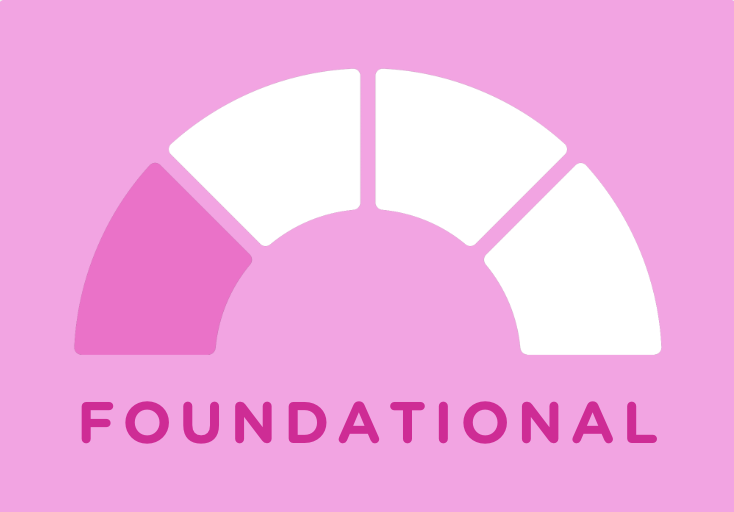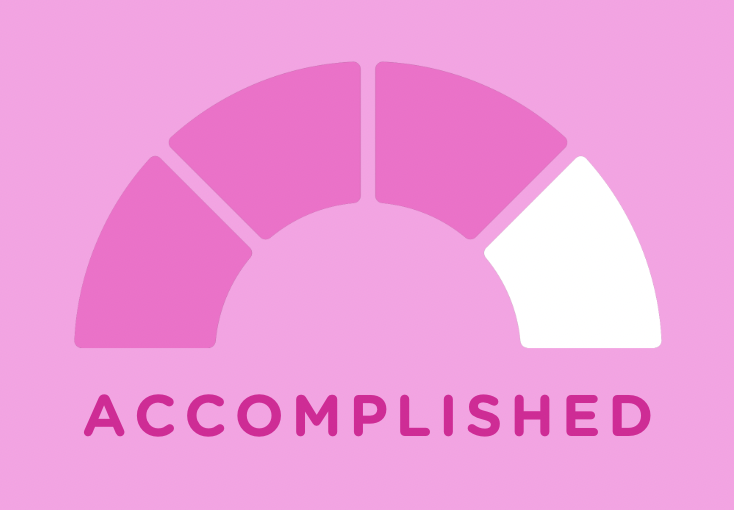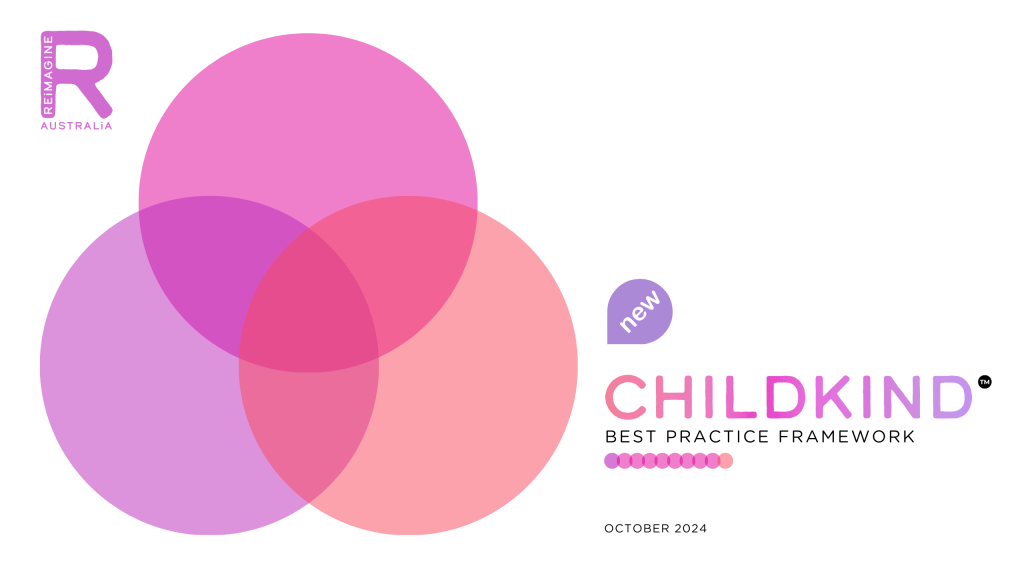KEY COMPETENCY 9.2 – BUILD MY CAPACITY
“I will ensure that my communication methods are accessible and understandable for all children and families.”
Accessible Communication is the second competency under the ‘Build My Capacity’ Way of Working, and relates to the ‘design and delivery of services and supports‘ phase of the child’s early developmental support journey. It is important for:
Inclusivity: Ensuring communication is accessible to all families, regardless of their background or abilities, fosters an inclusive environment where everyone feels valued.
Enhanced Understanding: Clear and straightforward communication helps families grasp important information about services, supports, and their child’s development, enabling informed decision-making.
Building Trust: Accessible communication promotes transparency and trust between practitioners and families, encouraging open dialogue and collaboration.
Effective Engagement: Better engage with families by using language and formats that suit their needs, enhancing the overall effectiveness of support provided.
Accessible communication ensures that all children and families can understand and engage with the information they need. Clear, inclusive communication removes barriers and promotes meaningful participation, fostering trust and collaboration between practitioners and families.
Inclusive communication practices improve engagement and outcomes for families, particularly those with language or accessibility barriers. Ensuring communication is tailored to individual needs fosters better understanding and collaboration.
Research and Further Reading:
Page, J. and Eadie, P. (2019) ‘Coaching for continuous improvement in collaborative, interdisciplinary early childhood teams’, Australasian Journal of Early Childhood, 44(3), pp. 270–284. doi:10.1177/1836939119855542.
COMPETENCY MILESTONES

I am able to:
Use clear and simple language for understanding with children and families.
Adapt communication methods to meet the diverse needs of children and families, such as using visual aids or gestures.
Demonstrate awareness of the importance of accessibility in communication.

I am able to:
Regularly employ a variety of communication tools and techniques to ensure information is accessible to all.
Tailor communication strategies to the specific needs and preferences of each child and family.
Provide training and resources to families to enhance their communication skills and understanding.

I am able to:
Demonstrate expertise in creating and delivering accessible communication materials and methods.
Proactively seek feedback from children and families to continually improve communication accessibility.
Support colleagues in developing and implementing accessible communication strategies.

I am able to:
Lead initiatives to promote accessible communication within the organisation.
Advocate for the adoption of inclusive communication practices and policies at a systemic level.
Collaborate with external organisations to develop and share best practices in accessible communication.
Reflection questions are a valuable tool for practitioners, promoting self-awareness, critical thinking, continuous improvement, and stronger relationships in their work with children and families. Below are some reflection questions for Key Competency 9.2: Accessible Communication:
Am I ensuring that my communication methods are accessible to all families?
How can I tailor my communication to meet the diverse needs of the families I work with?
How am I facilitating two-way communication?
Clear, accessible communication is the foundation of strong relationships with families, fostering trust and collaboration.
(McLeod & Harrison, 2020, p. 5).
Access more information on the ChildKind Best Practice Framework with its 10 Ways of Working, 30 Key Competencies and 8 supporting Values and Behaviours here:
